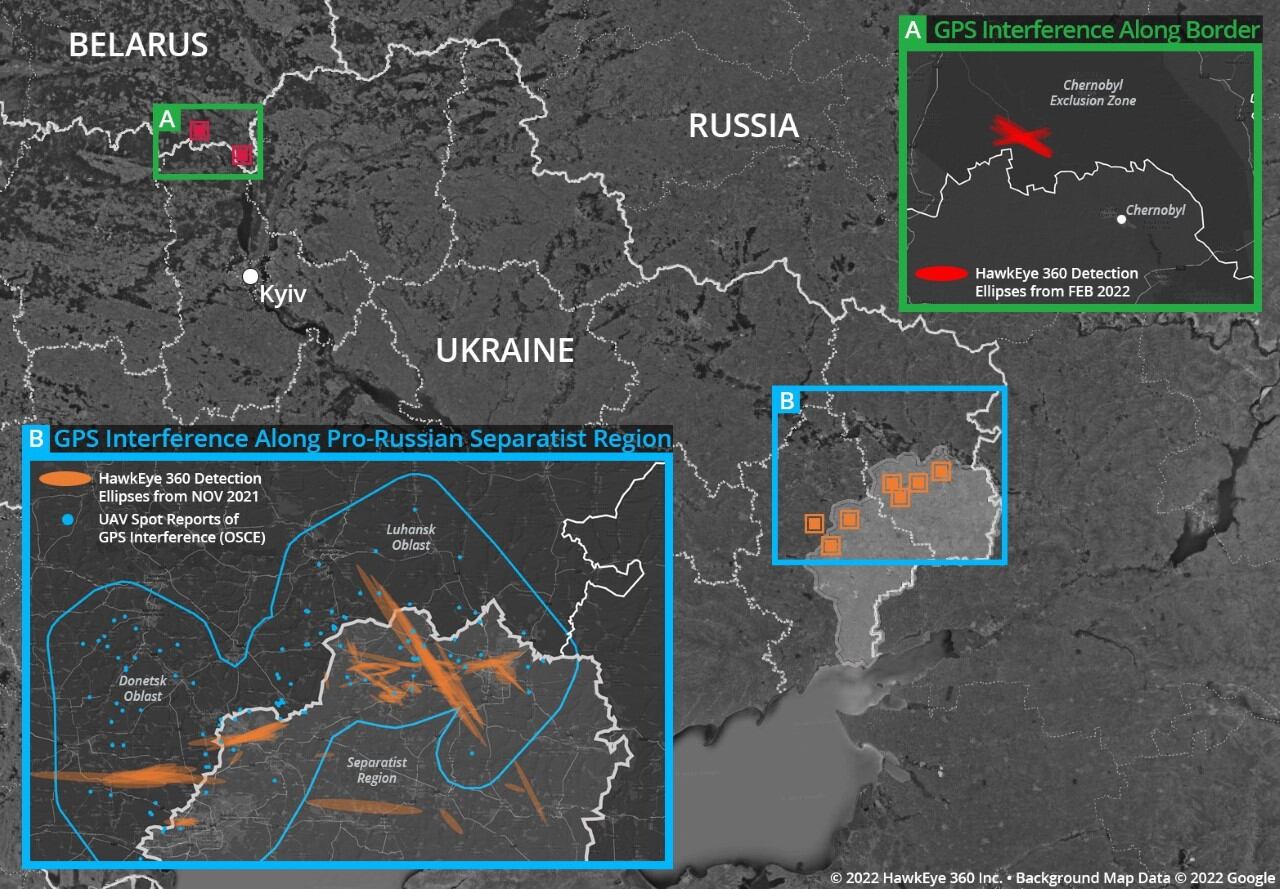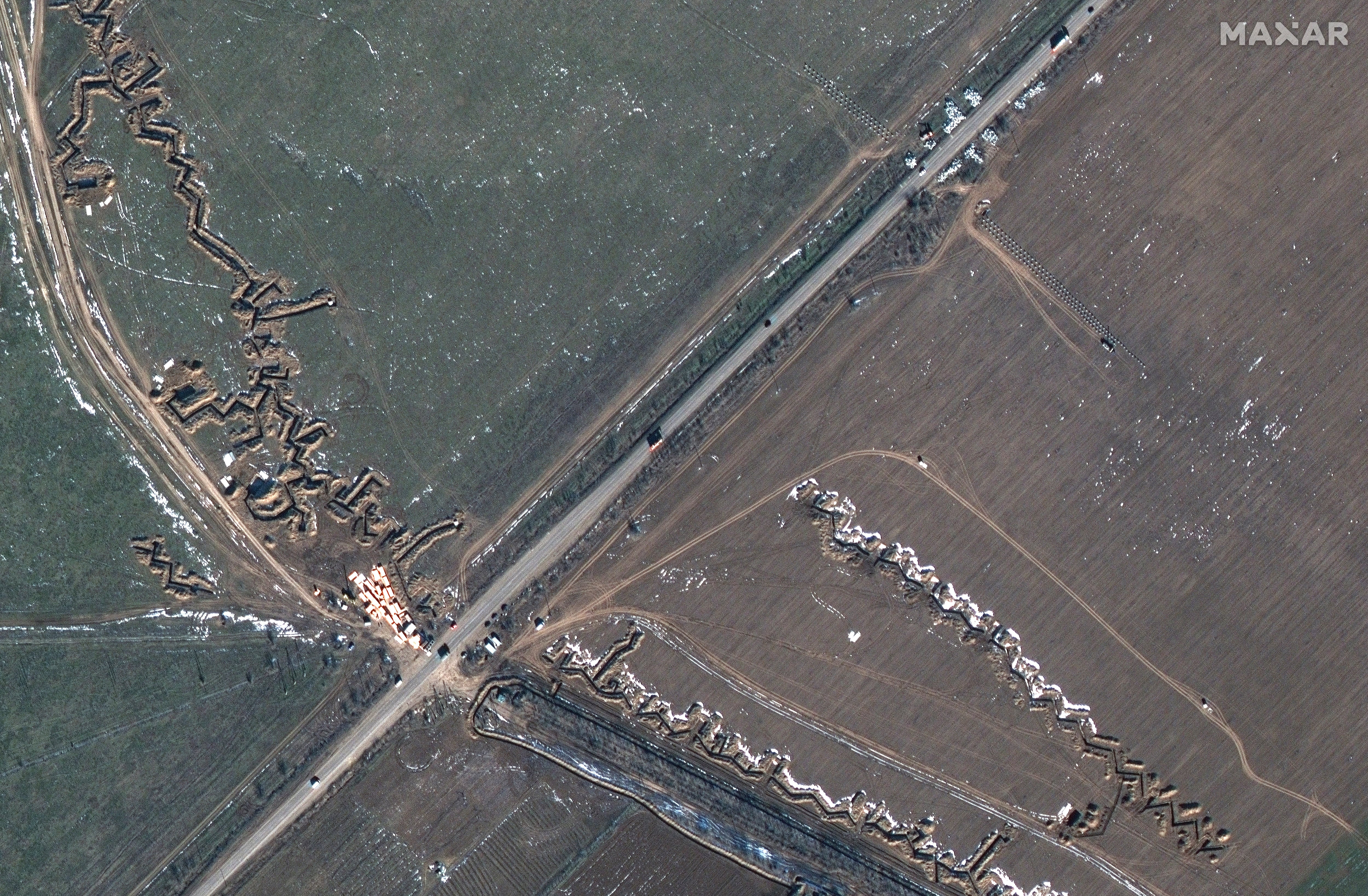ST. LOUIS — The unending appetite for intelligence, surveillance and reconnaissance within NATO is driving deals with commercial satellite imagery providers, according to one official.
Satellite imagery is a resource of growing importance, with governments and private citizens relying on it to keep tabs on their respective surroundings. Overhead photos were used to expose Russia’s materiel buildup ahead of the February 2022 invasion of Ukraine, and, more recently, have shown the scale of destruction in Eastern Europe.
The imagery arrangements at NATO plug a hole where there is insufficient collection from the “normal airborne assets that we’ve known and loved,” Paul Bowman, who leads the ISR cell for NATO’s Battlefield Information Collection and Exploitation Systems, said May 22 at the GEOINT Symposium in St. Louis.
The U.S. and U.K. are leading contributors to NATO joint ISR, with “everybody else” tailing, Bowman said.
RELATED

“When we’ve run NATO joint ISR exercises over the past five years, we consistently find that there’s not enough collection to really sustain the number of people that are willing to produce geospatial intelligence out of that collection,” he said. “What does that point to? That points to commercial capabilities.”
Bowman did not disclose with whom the deals were struck, nor did he specify their respective price. U.S. leaders in satellite imagery, however, include Planet Labs and Maxar Technologies. NATO’s website describes the proliferation of commercial satellite imagery as both a risk and a boon — while Russia or China can benefit, too, private players offer the alliance “cost-effective and scalable solutions that meet” demand.
NATO earlier this year launched the Alliance Persistent Surveillance from Space initiative, or APSS, meant to streamline the process of gathering and disseminating reams of data collected from space for use in the alliance. It banks on existing and planned space assets from friendly countries to establish a virtual constellation known as Aquila.
“We need persistence, we need collection,” Bowman said. “But we need collection that is technically shareable.”
Colin Demarest was a reporter at C4ISRNET, where he covered military networks, cyber and IT. Colin had previously covered the Department of Energy and its National Nuclear Security Administration — namely Cold War cleanup and nuclear weapons development — for a daily newspaper in South Carolina. Colin is also an award-winning photographer.








